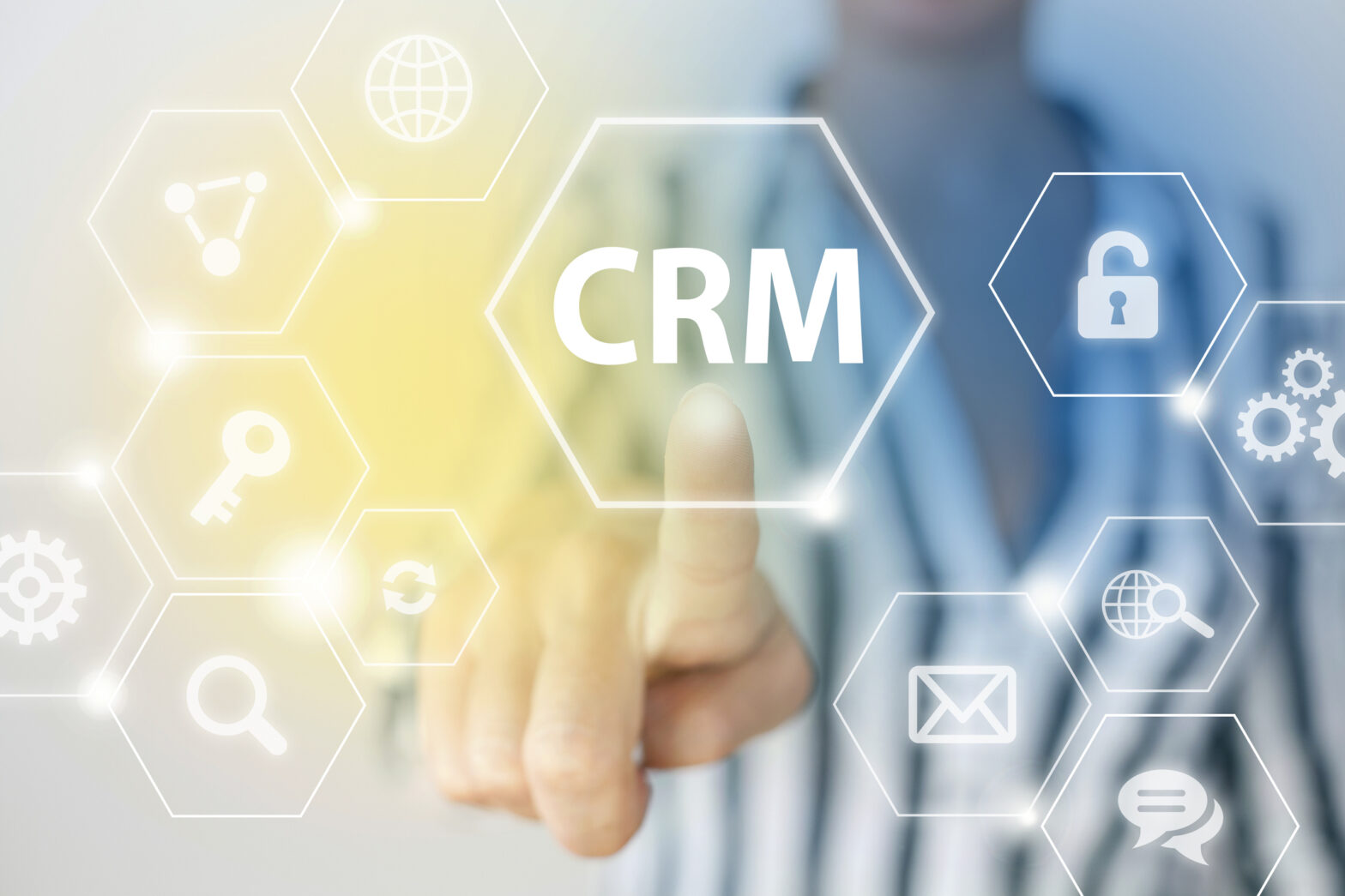As someone who enjoys traveling the world and has gained experience communicating with people from many different cultures, communication in corporate environments is no problem for Angela Tekulve. For more than 15 years, Angela has been working in business analysis and systems improvement. Recently, she has been helping companies get the most out of the industry-leading CRM, Salesforce. We sat down with Angela to talk about this experience.
